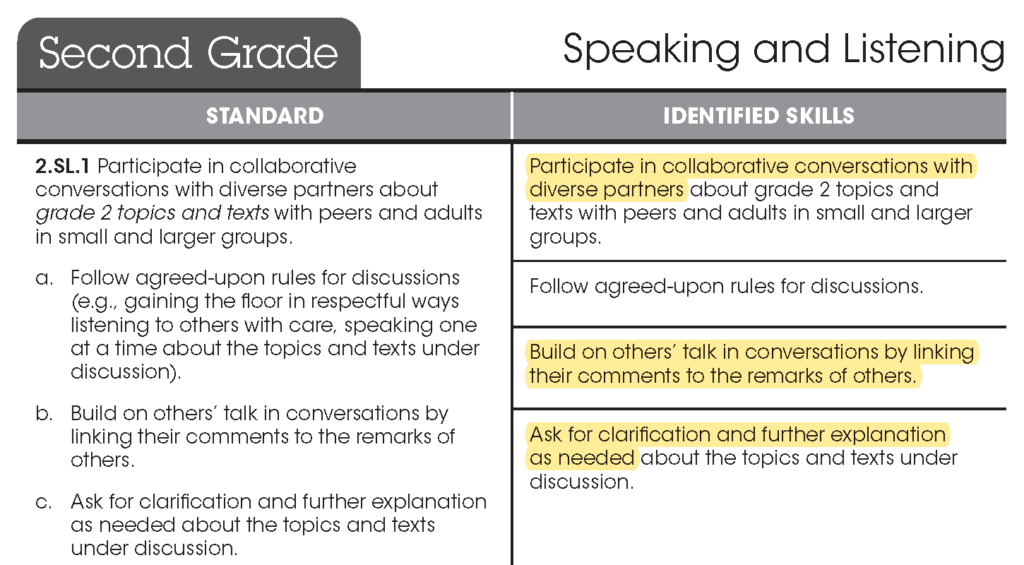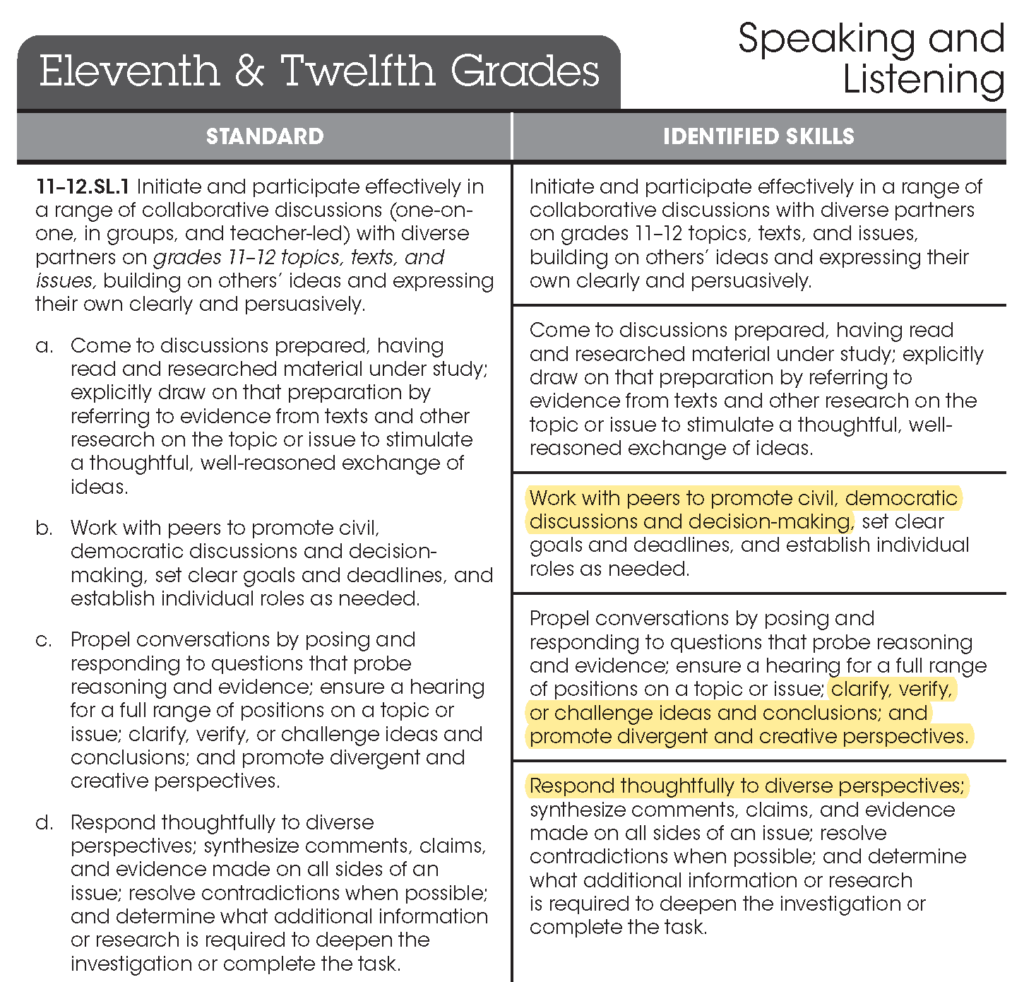Share this article.
In today’s world, as ever, the art of dialogue – listening and speaking for meaning – is crucial. We are in a time of endless communication (oral, written, digital, the list goes on and on) that provides ample opportunities for dialogue. But communication alone is not dialogue, which employs the conscious use of listening and speaking skills that many of our students need support in learning. That then begs the question:
Are we teaching our students the skills they need to master the art of dialogue?
What, Exactly, Is Dialogue?
The word dialogue has been defined as, “an exchange of meaning between two or more people.” There are a couple of critical words in that definition. The first is “exchange.” It assumes a back-and-forth experience. One is giving or talking, and one is receiving or listening. The second critical word is “meaning.” In order to gain meaning, one needs to hear. Stephen R. Covey reminds us that, “Most people do not listen with the intent to understand; they listen with the intent to reply.”
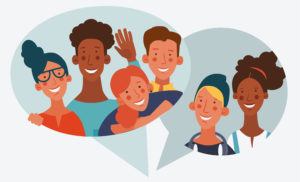 This means that we must come to conversations ready to share our ideas, thoughts, facts, experiences, etc. And that we need to be ready and able to participate in that conversation with the intent to listen. Not to just hear the words, but to be openly curious about the speaker’s ideas, thoughts, facts, experiences, etc. Then we can use our dialogue skills to propel a conversation by asking clarifying questions, by respectfully challenging ideas, by building upon each other’s words, and by assuming that we will all learn something new.
This means that we must come to conversations ready to share our ideas, thoughts, facts, experiences, etc. And that we need to be ready and able to participate in that conversation with the intent to listen. Not to just hear the words, but to be openly curious about the speaker’s ideas, thoughts, facts, experiences, etc. Then we can use our dialogue skills to propel a conversation by asking clarifying questions, by respectfully challenging ideas, by building upon each other’s words, and by assuming that we will all learn something new.
What Are the Skills of Dialogue?
The authors of the Common Core State Standards understood this. They developed a specific strand for Speaking and Listening Standards that easily integrates with the Reading, Writing, and Language strands to ensure students are college- and career-ready.
“To build a foundation for college and career readiness, students must have ample opportunities to take part in a variety of rich, structured conversations— as part of a whole class, in small groups, and with a partner. Being productive members of these conversations requires that students contribute accurate, relevant information; respond to and develop what others have said; make comparisons and contrasts; and analyze and synthesize a multitude of ideas in various domains.”
In other words, the standards articulate the skills students need to be able access information through reading and listening, analyze that information through discussions, writing, and more reading, and then apply their thinking through formal speaking a These specific skills are designed to develop fluent and eloquent communicators beginning in kindergarten and progressing to career- and college-ready.
Let’s look at the skills within Standard 1 for Grade 2.
As you can see, the skills within this standard clearly state the all skills a student in Grade 2 should utilize in collaborative conversations. The highlighted skills indicate the skills that address dialogue. And these skills are achievable. When they are intentionally focused on and integrated into instruction, by the end of second grade, the expectations are that students will be able to:
-
- “participate in collaborative conversations with diverse partners.”
So they can:
-
- “build on others’ talk in conversations by linking their comments to the remarks of others.”
And so they can:
-
- “ask for clarification and further explanation as needed…”
Because the standards were designed to progress, step-by-step, to college- and career-ready, it’s important to take a look at the skills within Standard 1 for Grades 11–12.
As you can see, the skills within this standard clearly state the many skills a student in Grades 11–12 should utilize in collaborative conversations. The highlighted skills indicate some of the skills that address dialogue. And these skills are achievable. When these skills are intentionally focused on and integrated into instruction, by graduation, the expectations are that students will be able to:
-
- “work with peers to promote civil, democratic discussions, and decision-making…”
So they can:
-
- “respond thoughtfully to diverse perspectives.”
And so they can:
-
- “clarify, verify, or challenge ideas and conclusions, and promote divergent and creative perspectives.”
Think about the impact that everyone possessing and using these skills could have…
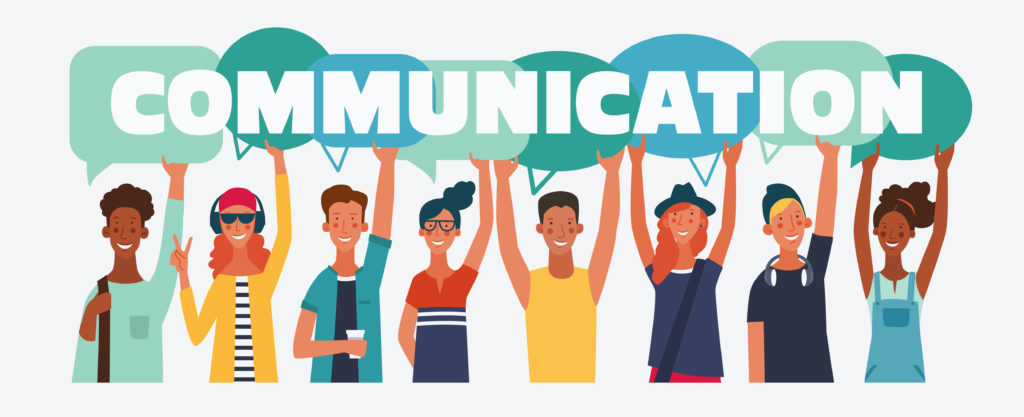
These skills, once mastered, are the art of dialogue. And these skills are achievable. But this means that they must be explicitly and deliberately taught.
How to Teach the Skills of Dialogue
While there are countless tips, tricks, and strategies for teaching students listening and speaking skills, Structure Conversations are incredibly powerful when you intentionally plan for and utilize them in every single lesson. Each Structured Conversation provides each and every student the opportunity to:
- focus their thoughts,
- use academic vocabulary,
- listen for evidence and diverse thought,
- question ideas, make connections, and
- draw their own conclusions.
As well as helping students master content, Structured Conversations will give your students intentional practice with the skills they need to master the art of dialogue.
As you plan for each lesson, think about the points where you would solicit feedback from your students and turn your solicitation into a Structured Conversation by following these steps.
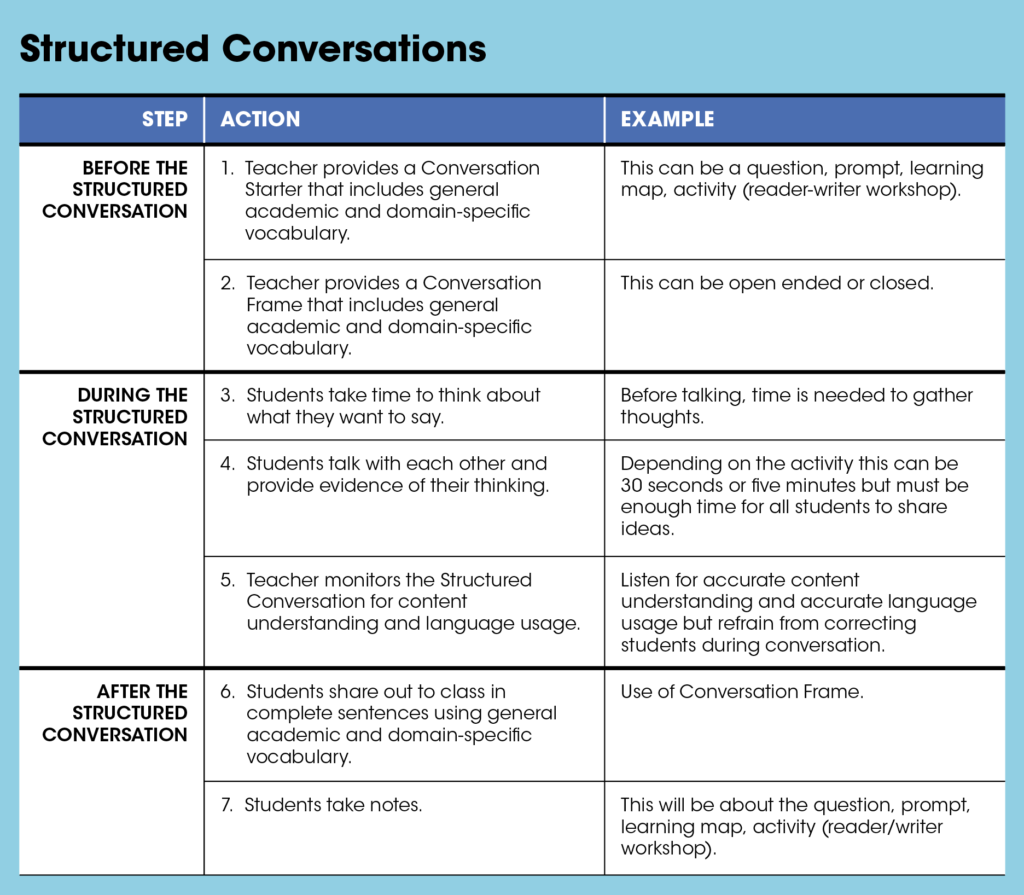
Can you imagine a community where everyone had and used the skills of dialogue? Can you imagine turning on your television to a media outlet and seeing everyone use these skills to inform and propel conversations about today’s issues? Can you imagine looking at a social media post and reading conversations between individuals that applied these skills?
We can. And with Structured Conversations, you can too.
Continue the Learning
Check out these articles and resources to continue your learning about this topic…
The Learning Brief
In this article you learned…
- Someone who has mastered the art of dialogue is able to share ideas, listen and hear, and propel a conversation by asking clarifying questions, by respectfully challenging ideas, by building upon each other’s words, and by assuming that we will all learn something new.
- The state standards articulate skills that can be taught and mastered from kindergarten to career and college ready.
- Utilizing Structured Conversations as an instructional strategy is an effective way to help your students practice the skills they need to master the art of dialogue.
Can you imagine building an environment full of motivated, engaged, and eager students who own their learning?
We can.

